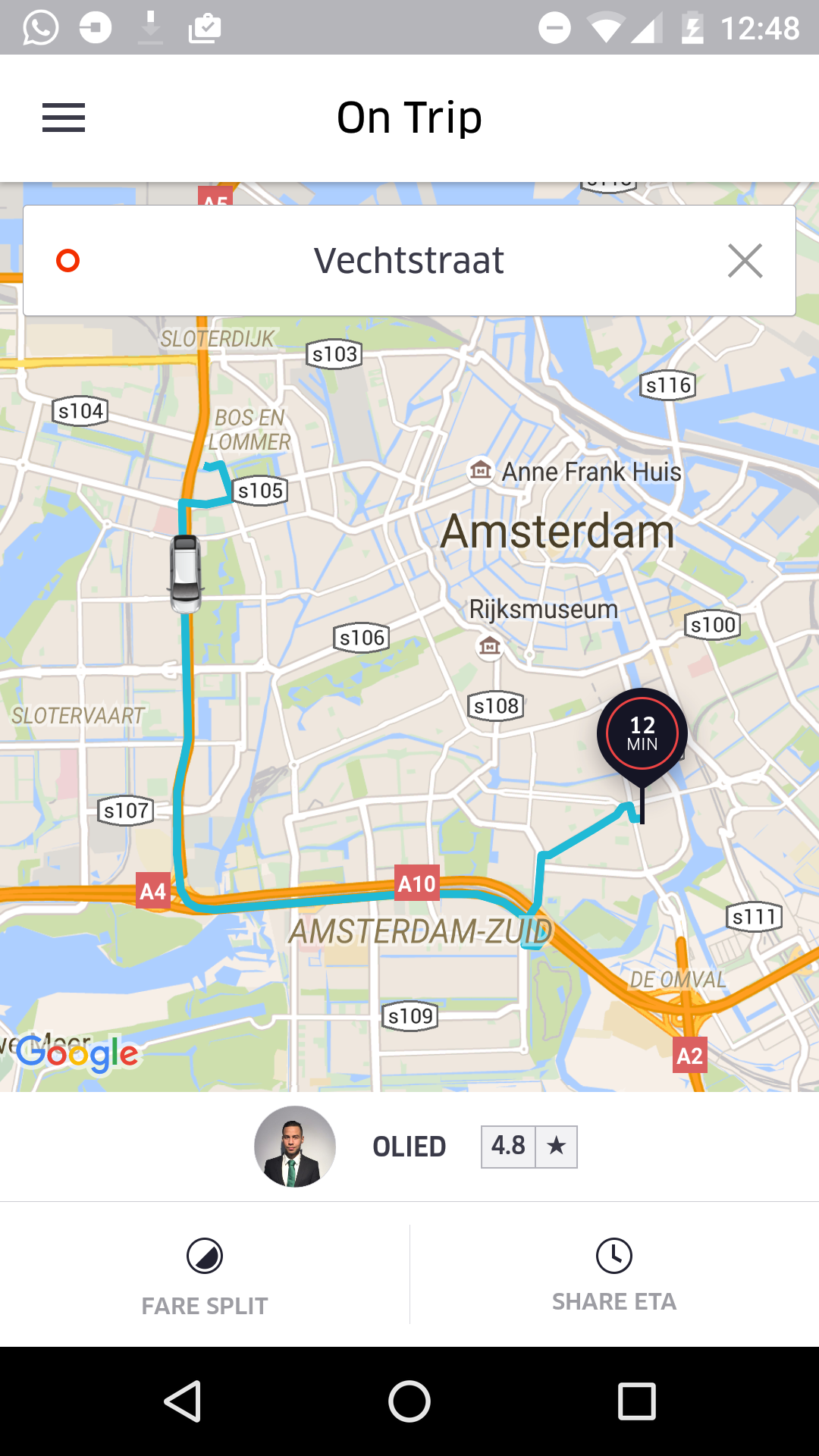Two weeks ago I had a presentation at work as part of a training. The presentation meant to show a problem and my team’s proposed solution to this problem. I wanted to show at the beginning of the presentation how the problem is growing. I pulled data showing the month over month growth for the past year and a surprise was waiting for me.
It wasn’t growing. There was no pattern. Random fluctuations of ups and downs. No problem, let’s pull the data from the year before and compare the same month from the two years. Voila! We have a nice growth trend.
I just finished the book “How to lie with statistics?”. It is a nice short read about how statisticians, and politicians manipulate the way they present statistical facts to different audiences to convey a message.
What I found myself doing on this day is applying what’s in the book subconsciously because I was enthusiastic about proving my point, while what I did on this day wasn’t mentioned in the book, but I kept thinking about how to make the problem looks growing, regardless of the fact that there is no monthly trend. Someone even recommended using the cumulative numbers to display a nice growth chart.
Before this, I was telling a friend that being data driven doesn’t mean you are not biased. Most of the time you will find data to support your case (unless it is extremely illogical).
Our biases drive us to find the data that support our opinion, ignoring data that doesn’t. It is up to one’s self and to their self awareness to realize whether they are really looking for the truth, or dragged into a data driven confirmation bias.
